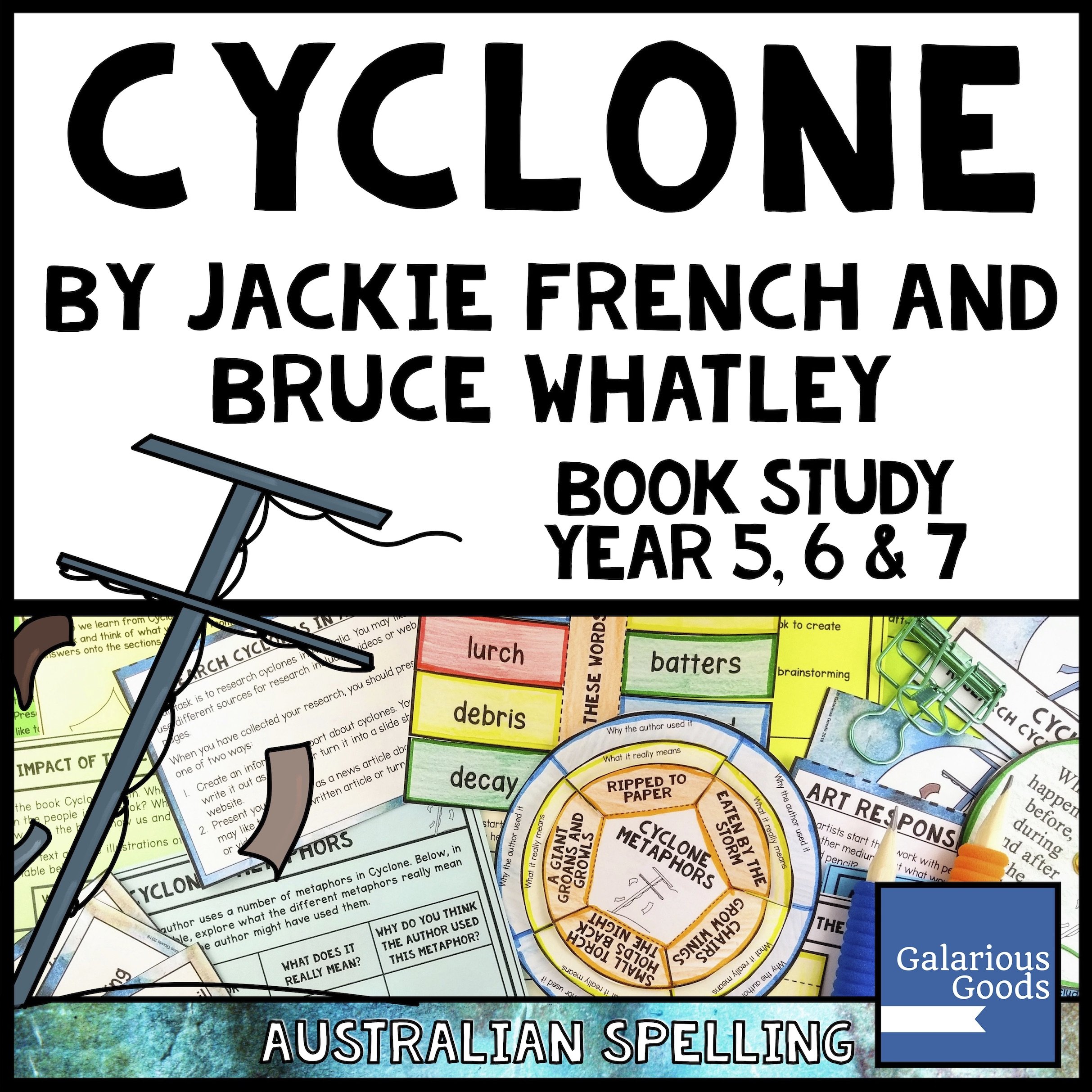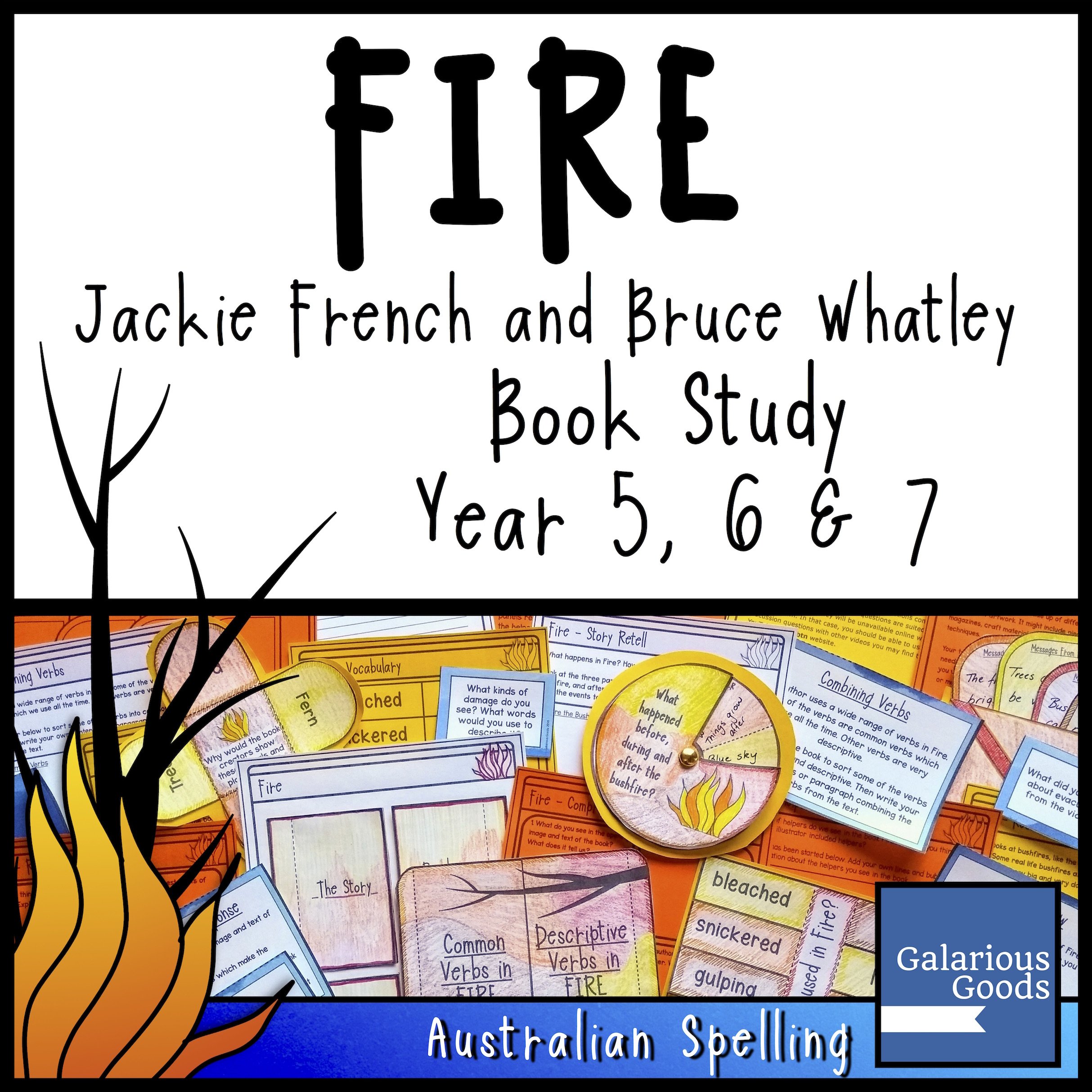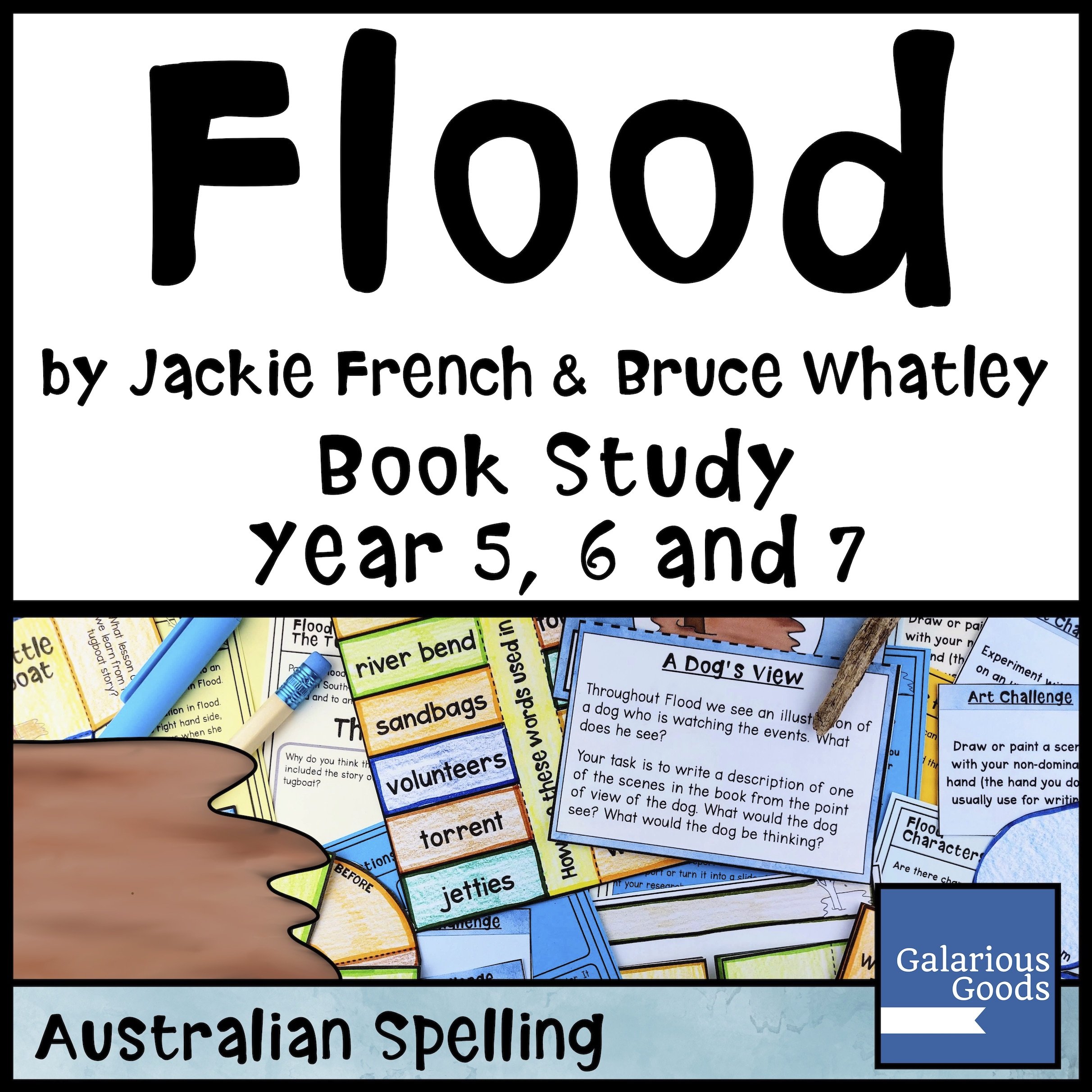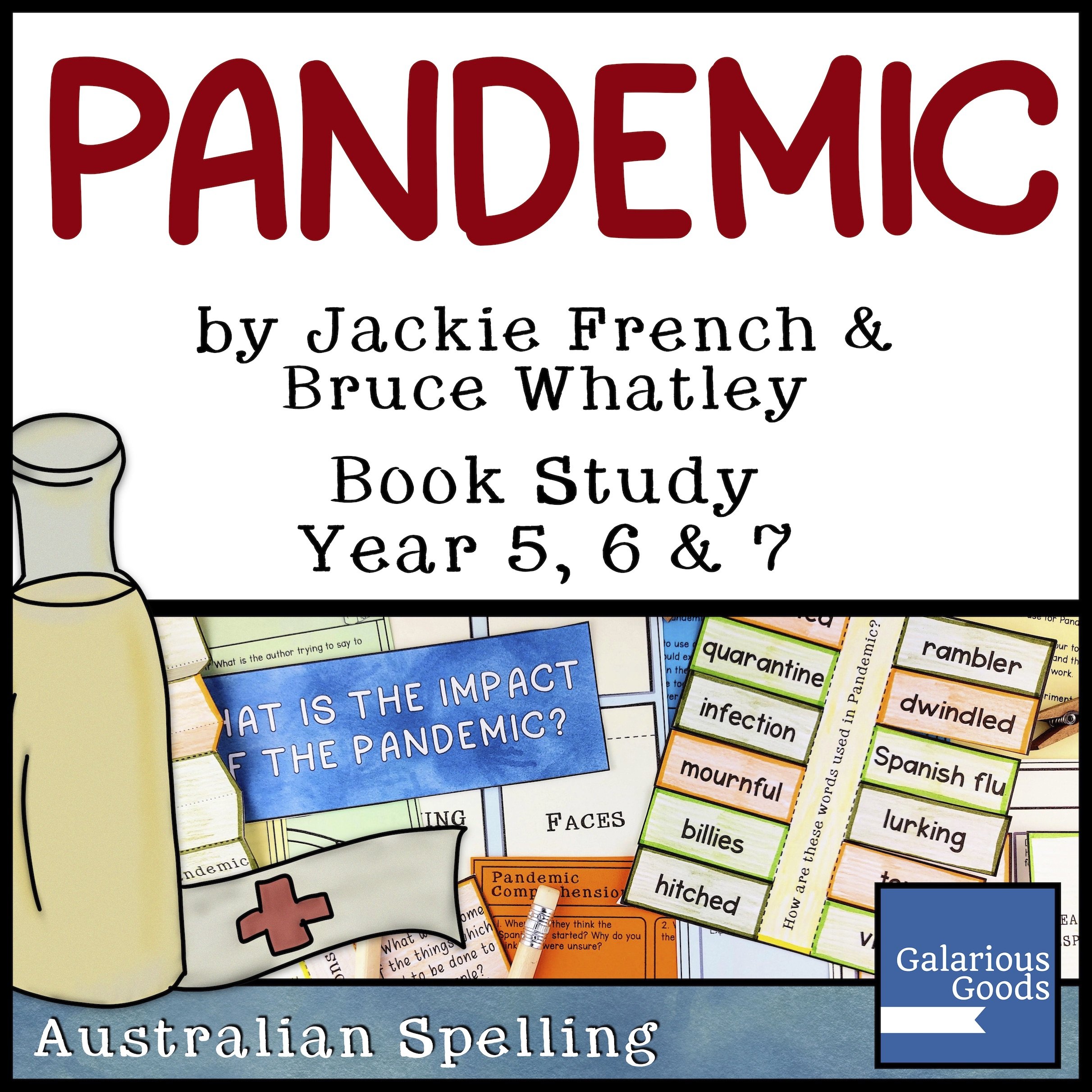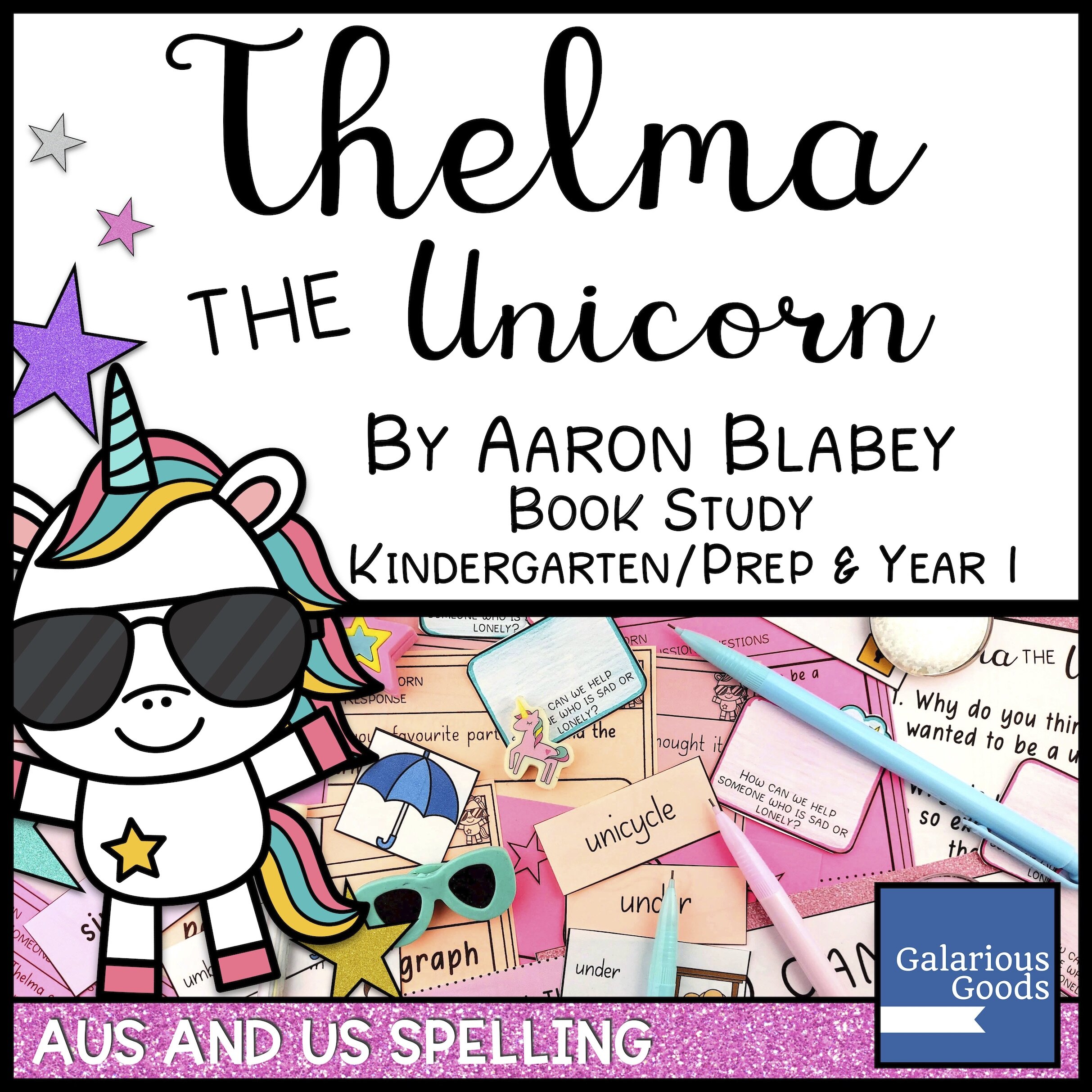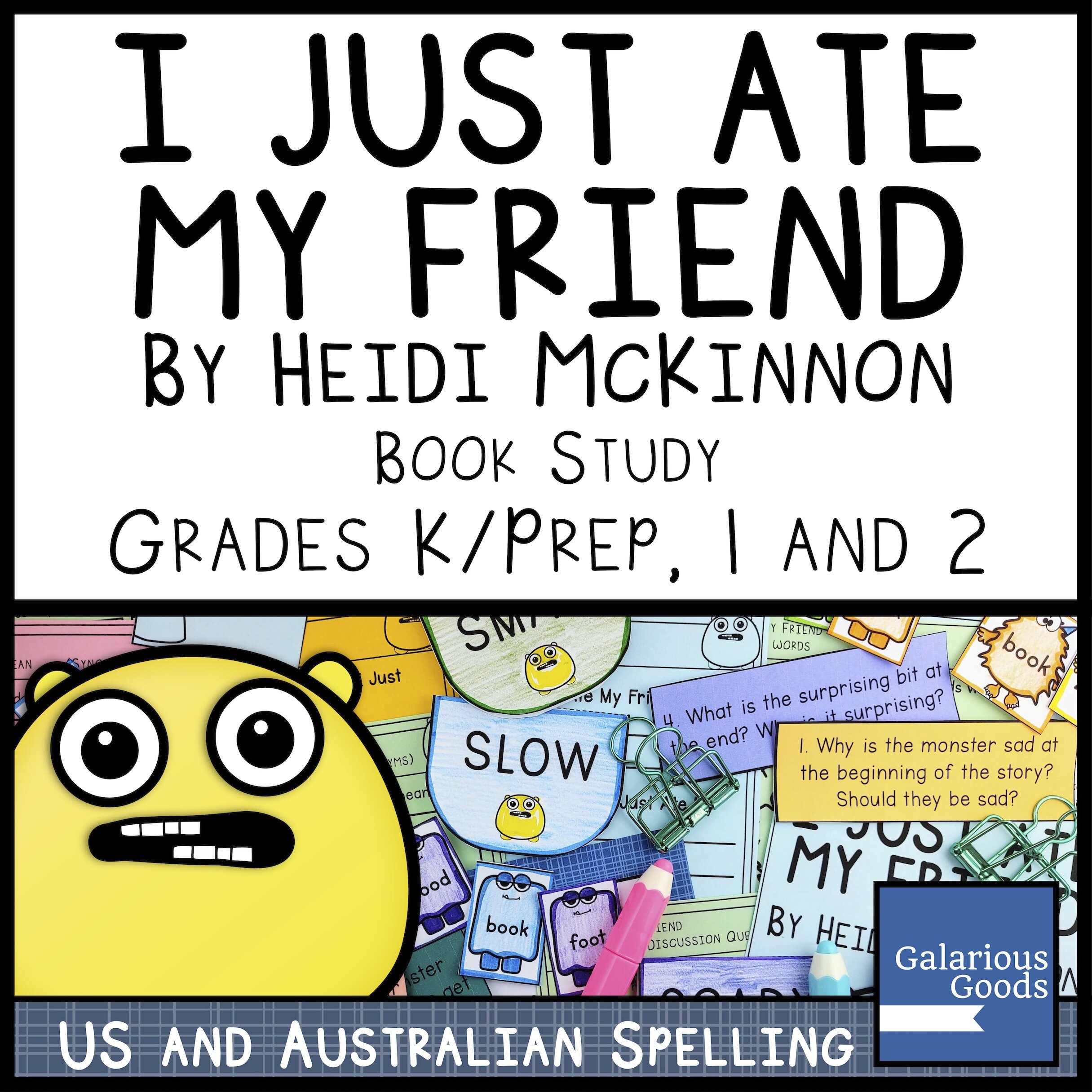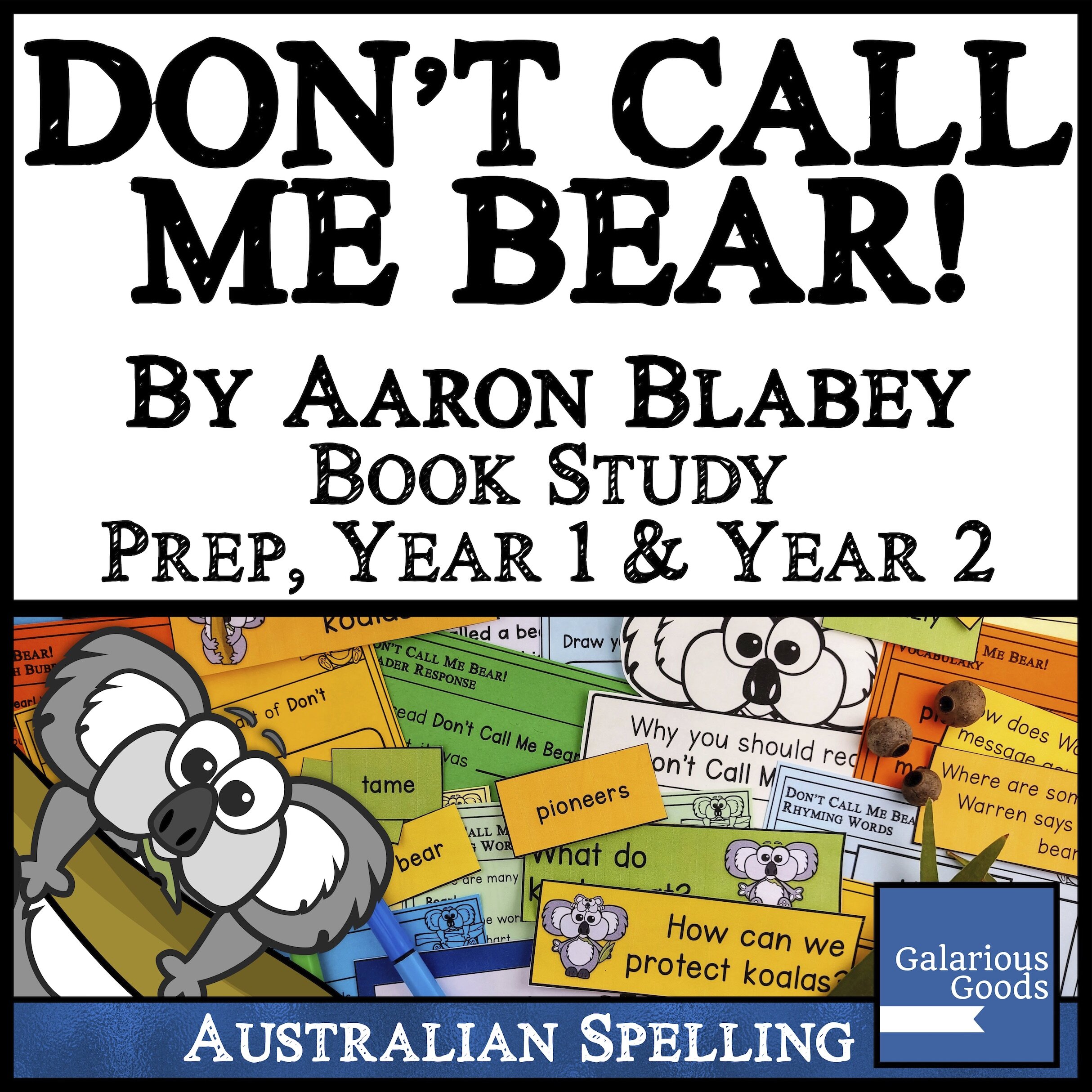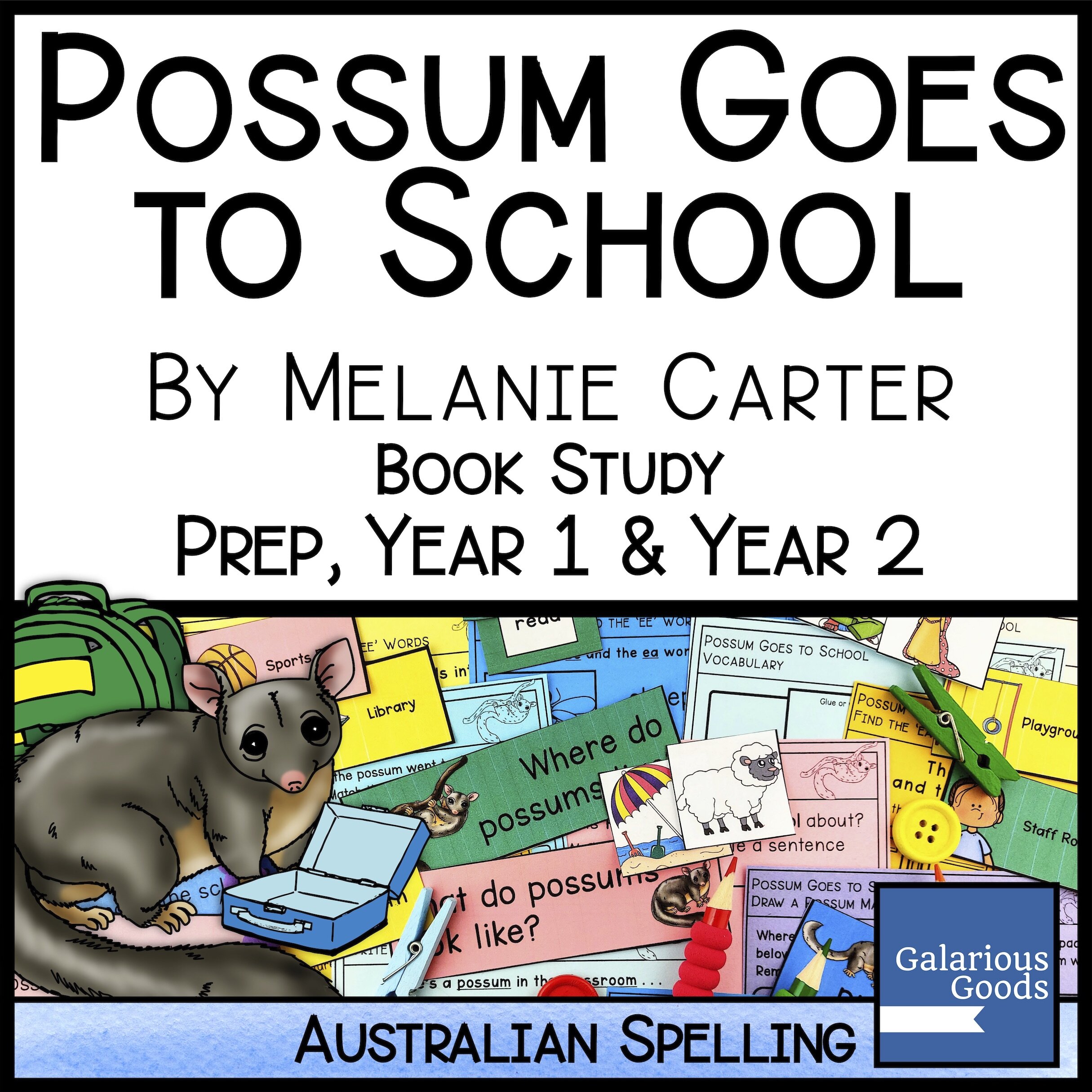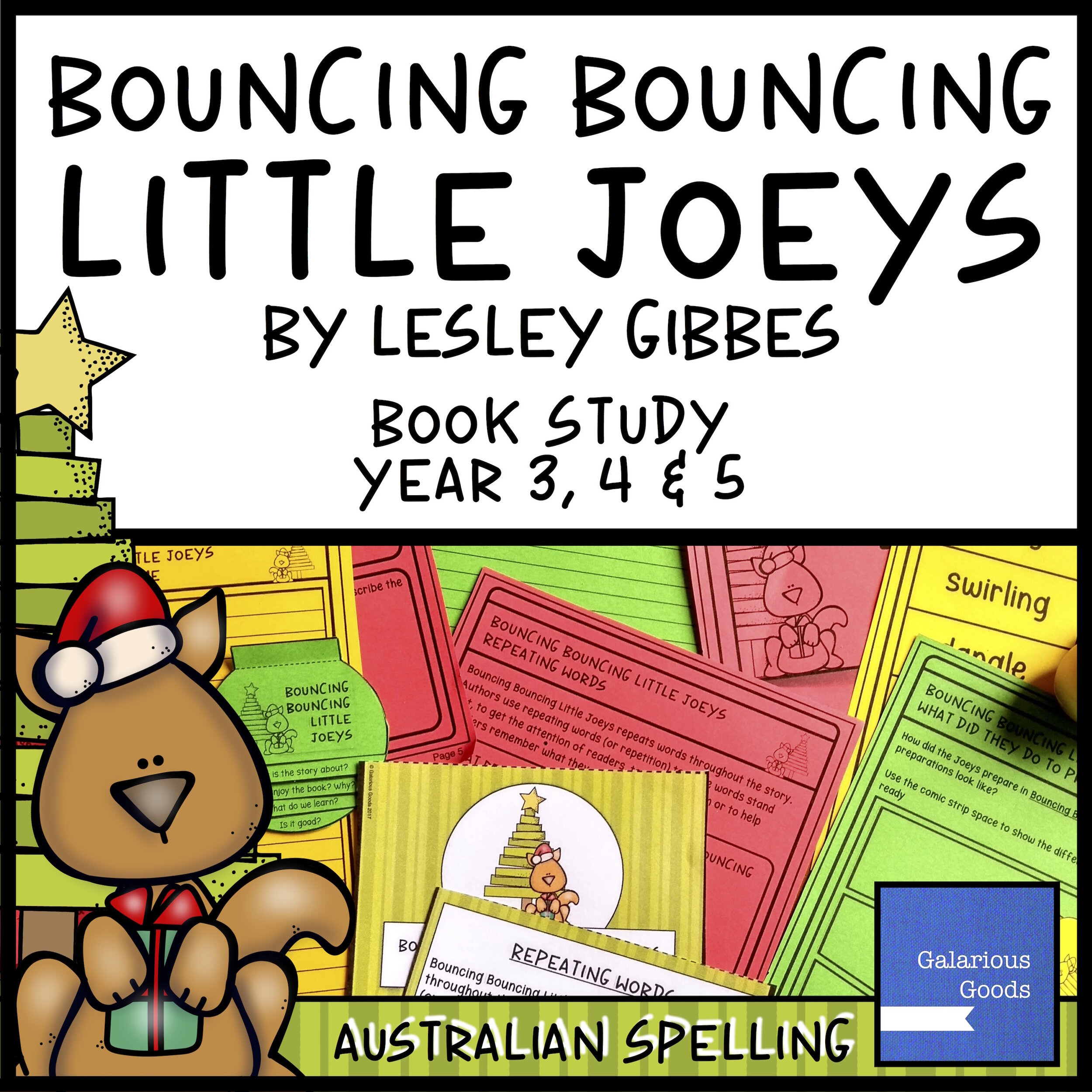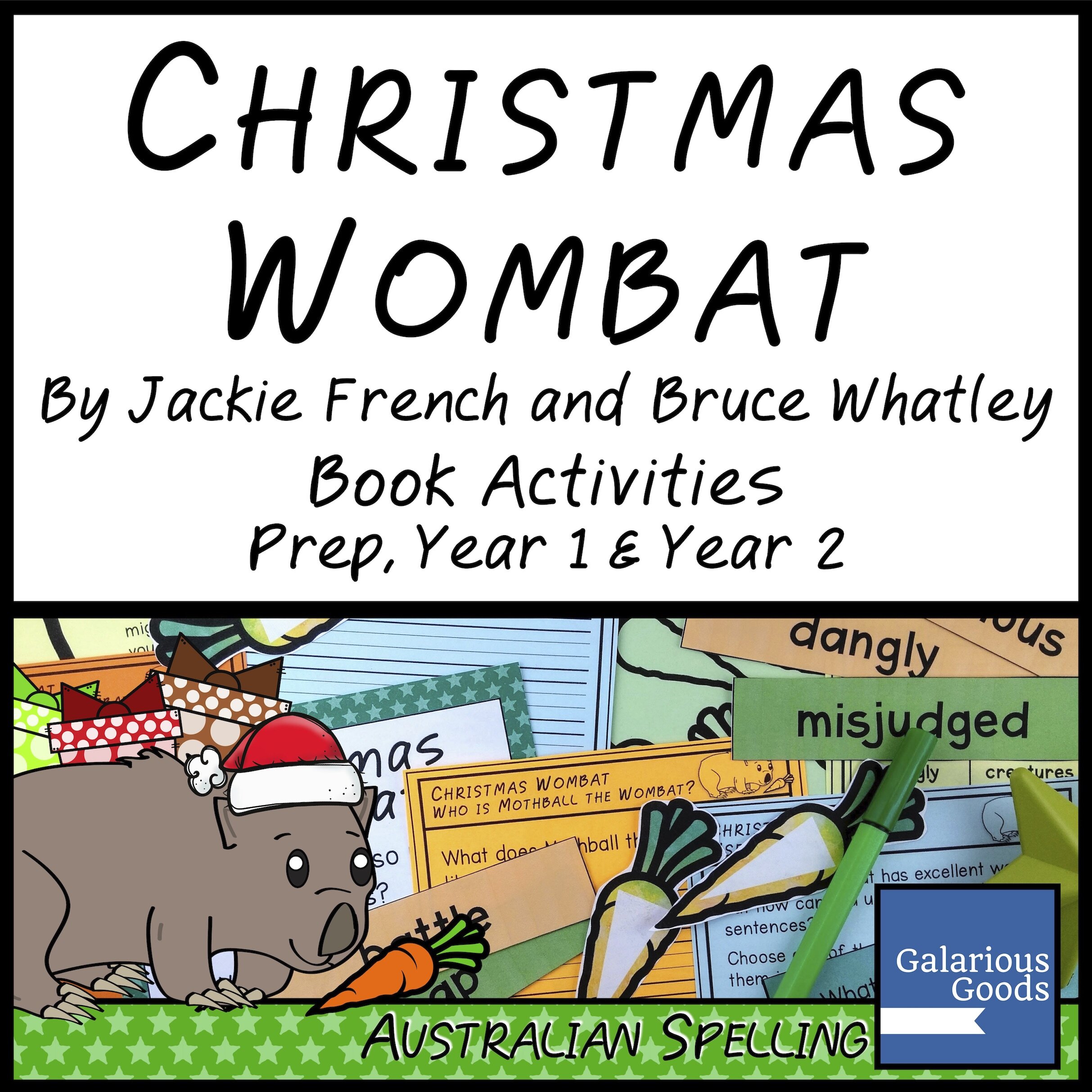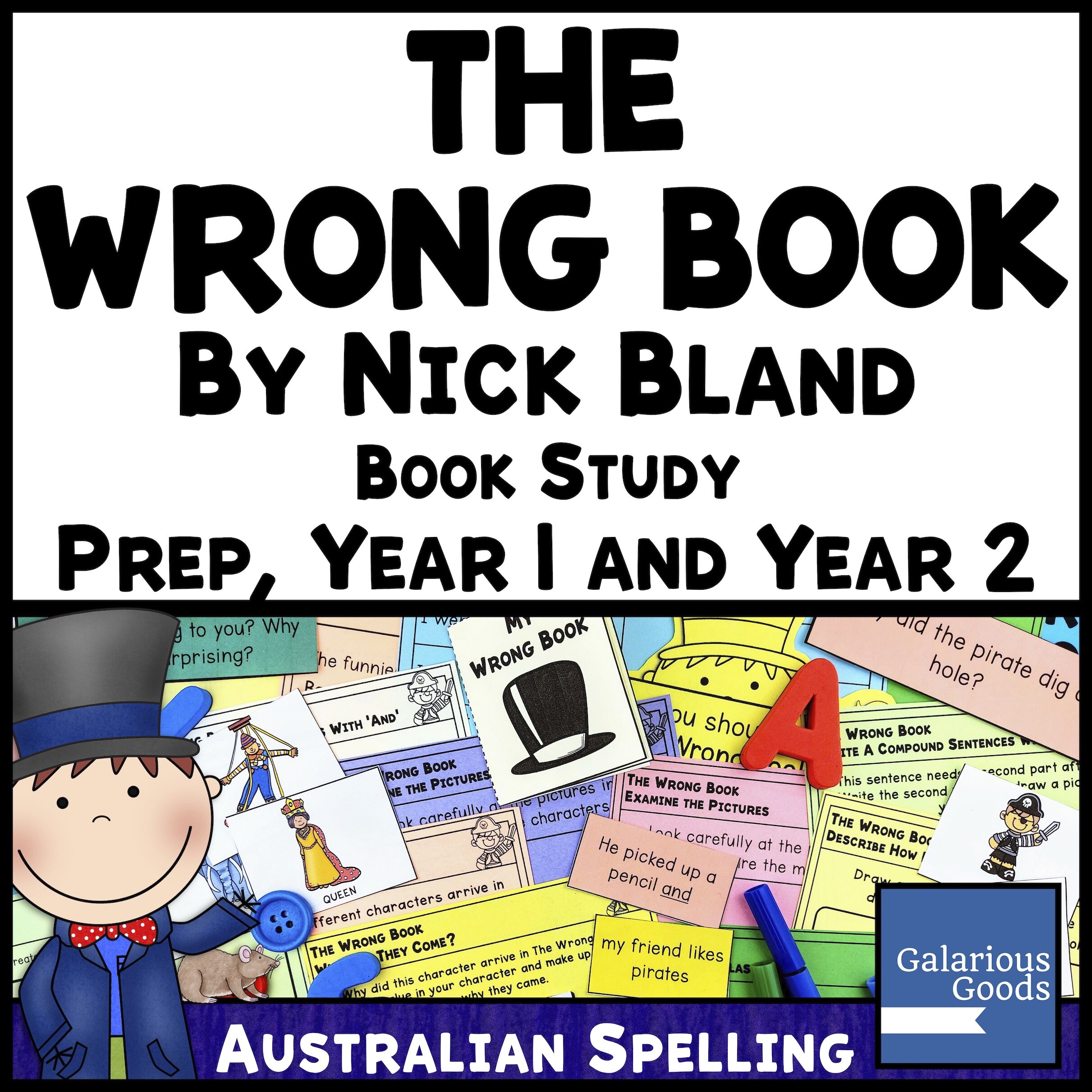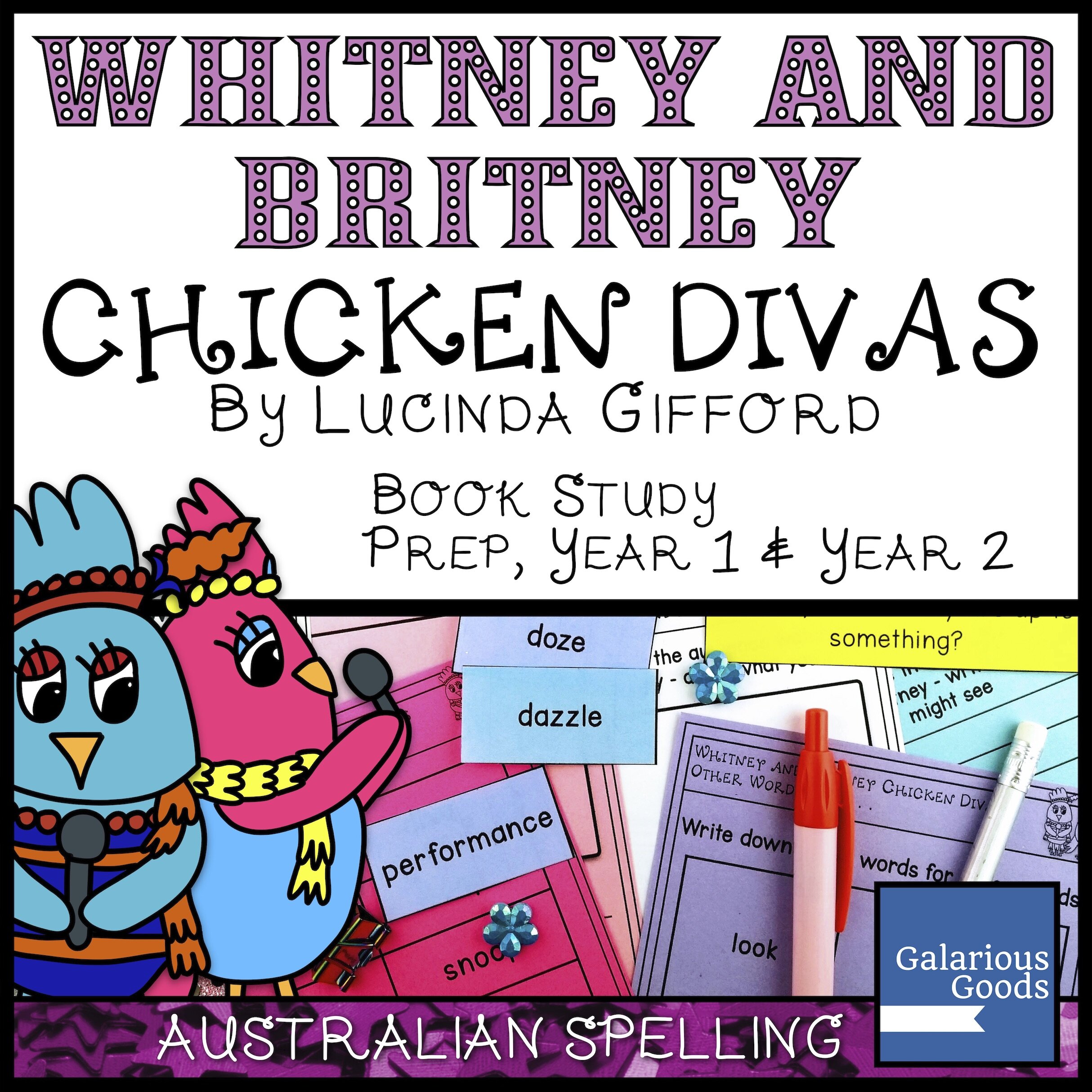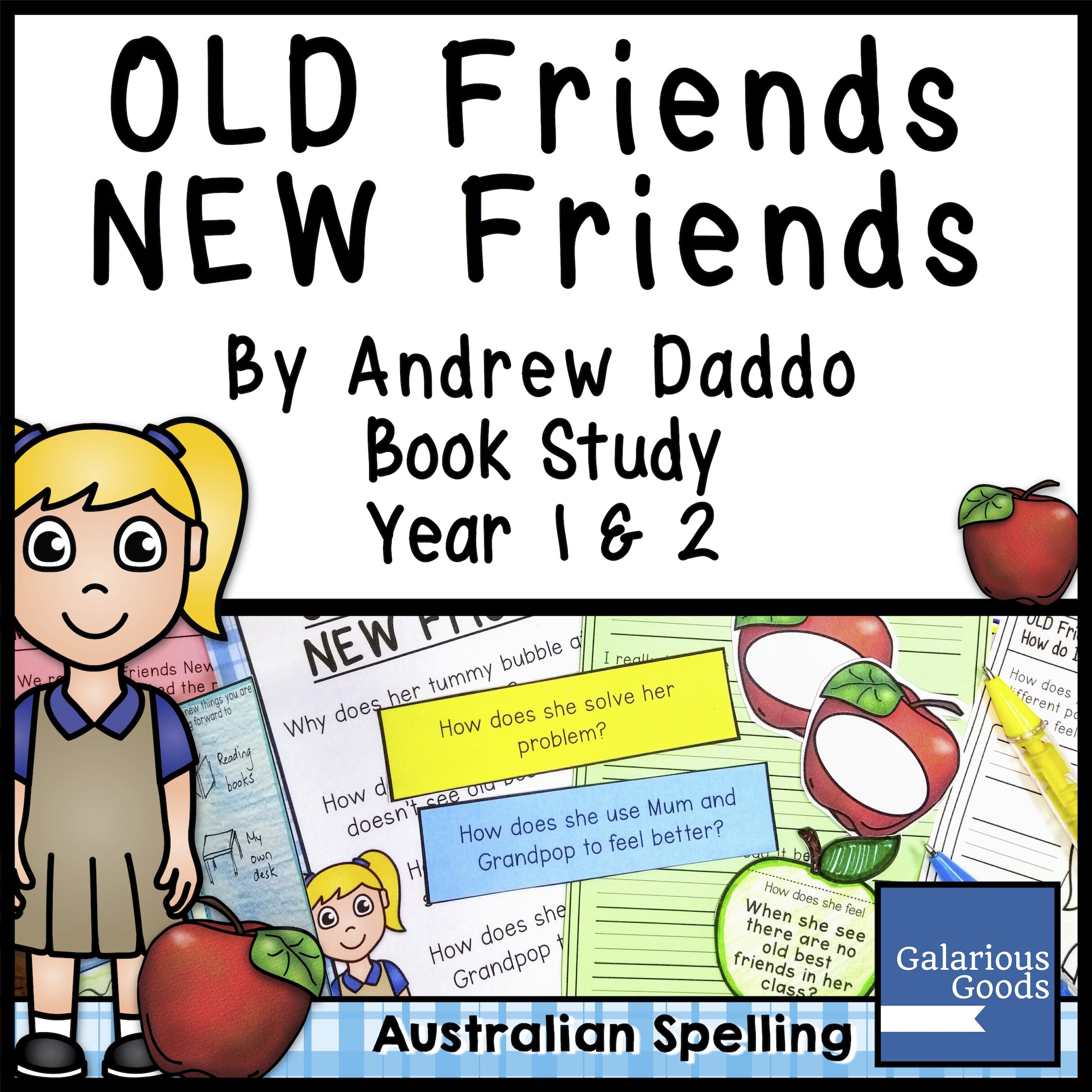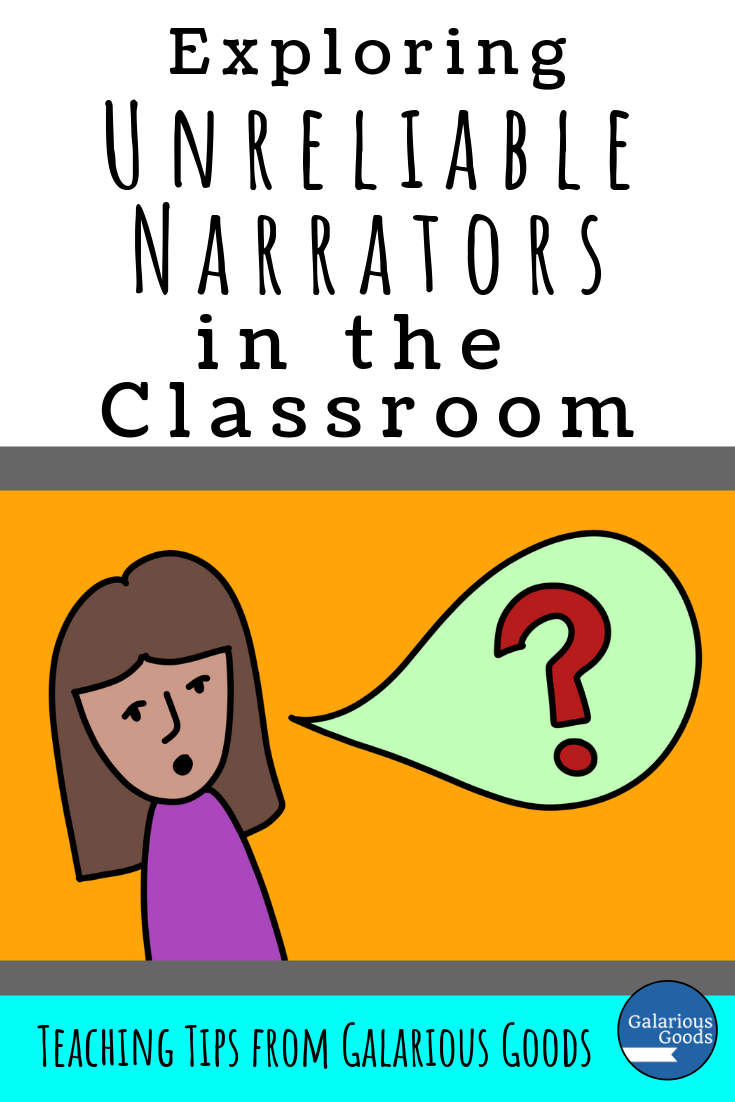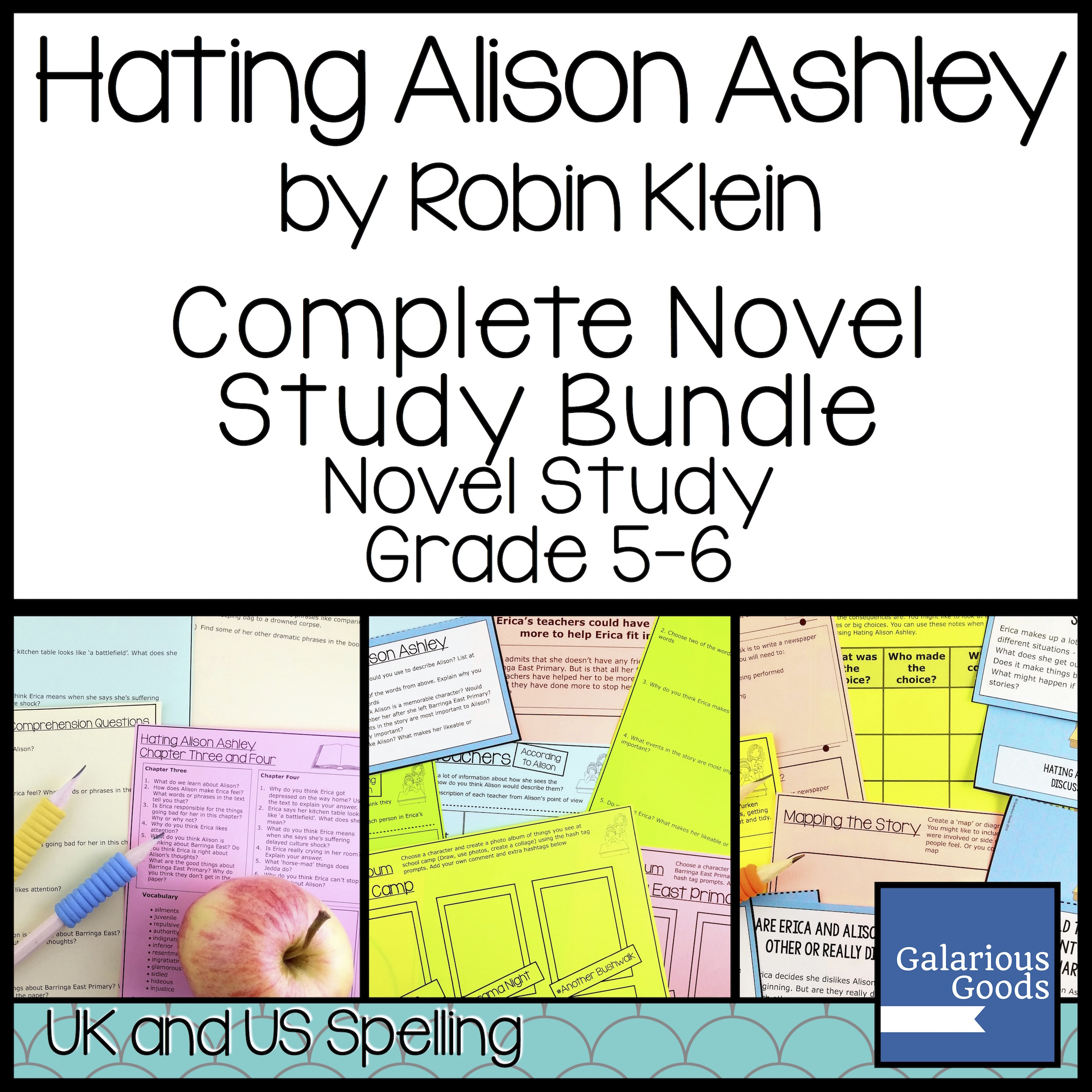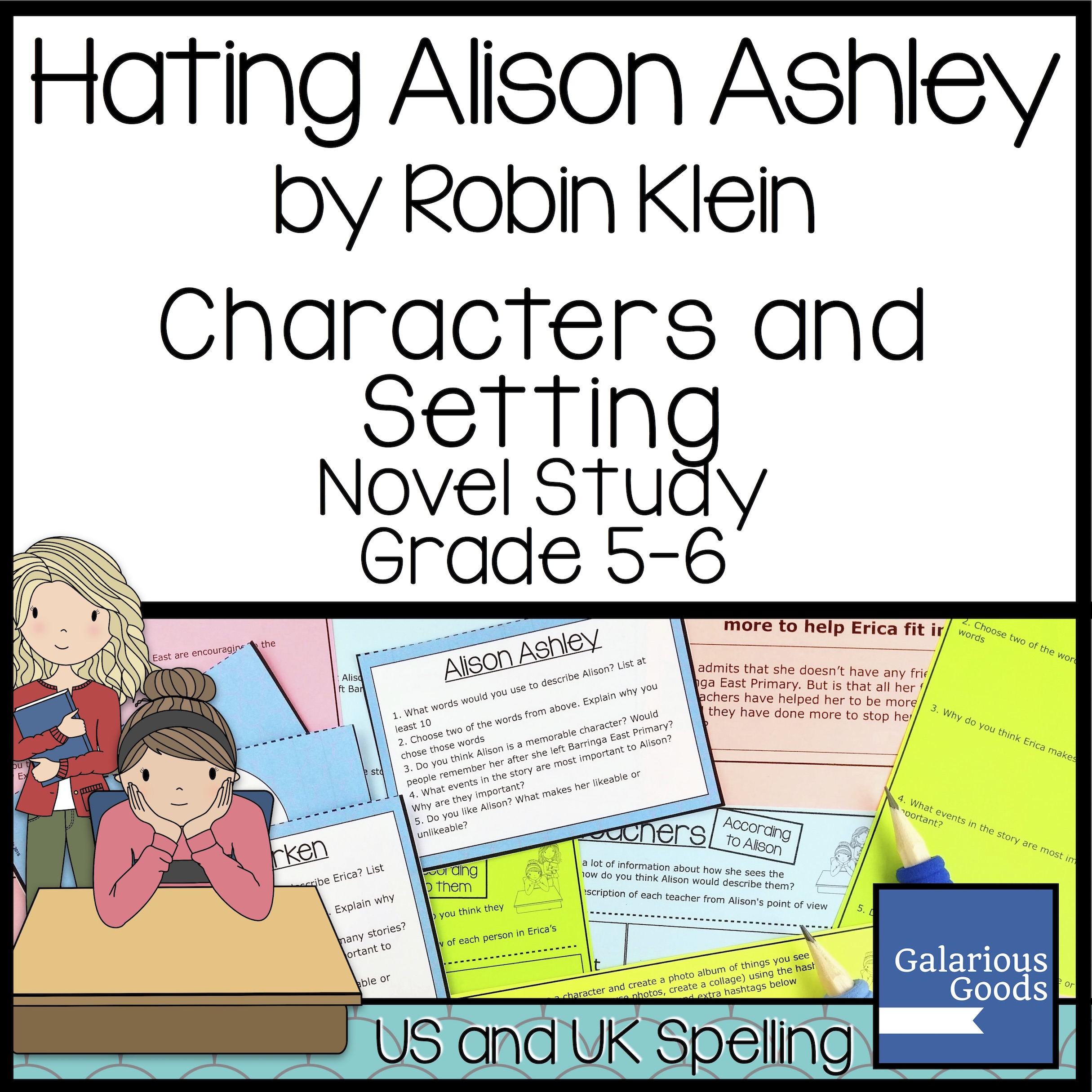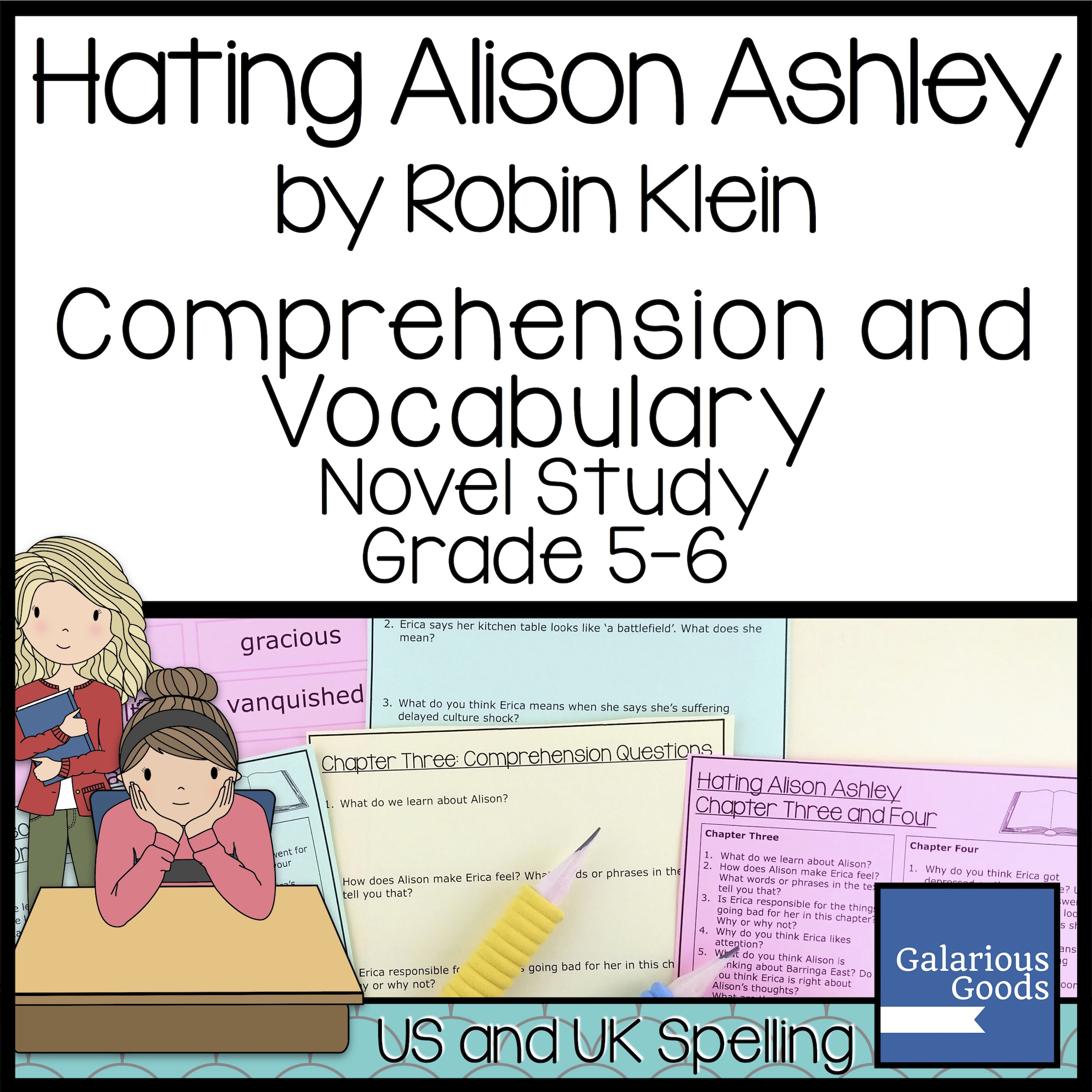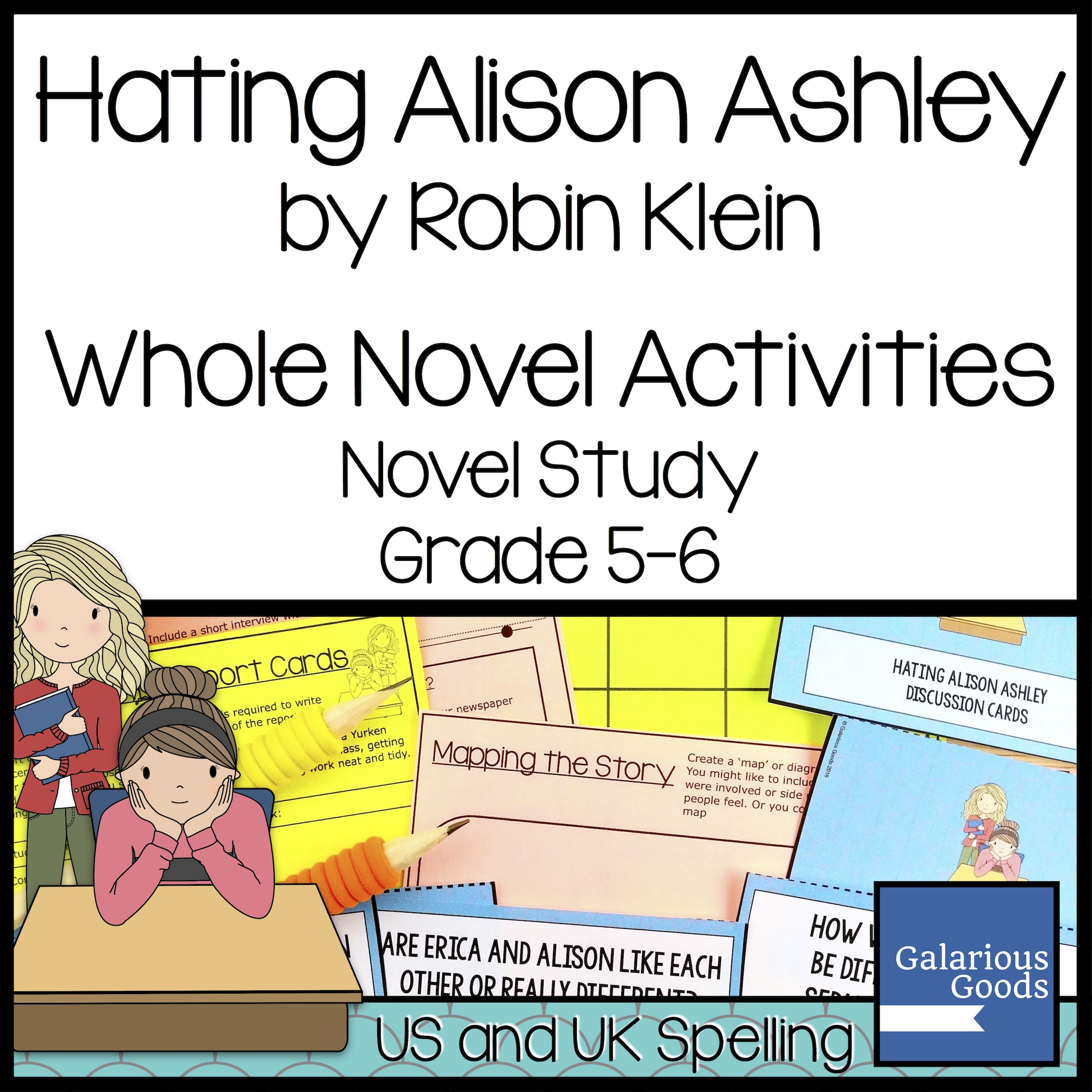Five Ways to Explore Bowerbird Blues in the Classroom
/Bowerbird Blues by Aura Parker is a sweet picture book, telling the story of a bowerbird who collects many things, but is looking for something he feels is missing. This book is filled with many themes, perfect to explore further in the classroom. Here I share five different book related activities you can engage in with your students.
1. Explore Collections
A big thing we see throughout Bowerbird Blues is collections. The bird we follow throughout the book, describes himself as a collector and in many of the illustrations we see the things that he collects.
There are many ways we can explore collections in the classroom. We can talk about the different collections the students have themselves, we can discuss different things collected by the people important to our students and we can look at how collections can be organised and shared.
As a part of talking about collections, students can look at museums, the role they play in our society and how they organise and share their own collections. They can look at some different museum collections shared online, examine how different collection pieces connect with other collection pieces, and older students may like to examine the idea of what should and should not be collected in museums.
Students may like to make a list of the different things collected by the bowerbird in Bowerbird Blues. They can create a plan for a museum exhibit of these collectible items and reflect on how a museum might share information about this collection.
2. Investigate How Animals and Humans Coexist
In Bowerbird Blues we see the bird interact with a range of man-made objects . These are available to the bird because they have been left behind or littered by humans. While some of the objects we see in the book are useful to the bird, other objects are clearly rubbish in the natural environment or even dangerous to wild animals.
The way animals and humans coexist in the natural environment is a fascinating topic to explore for students of all ages. Younger students can look at how littered rubbish can be dangerous to a range of animals and how we can prevent this from happening. Students in the middle primary years might like to look at how native animals make use of objects or environments left behind by humans. Upper primary students may like to look at how citizen science brings humans and animals together for the benefit of the animals.
3. Experiment with Blue
The colour blue is a major feature of this picture book. From the very first page we see that blue is an important colour to the bowerbird and there are many uses of blue in both the text and the illustrations.There are a variety of ways you can explore blue and its importance in this book with your students.
Students might like to start by examining the illustrations throughout the picture book. They can look at how different shades of blue are used to create different feelings throughout the book. They can explore the complimenting colours used by the author-illustrator, and how these change as the story progresses. They can also look at the background colours and how these are used to draw attention to the main parts of the pictures.
As well as examining how the illustrations use blue, students can experiment with using blue themselves. A very simple way to do this is to ask students to draw a picture using one or more shades of blue. This can be expanded by using a variety of pens, crayons, pastels and other drawing tools. You can also look at using paint to explore the colour blue by providing students with blue paint along with either white and black paint or red and yellow paint. Ask them to create different shades of blue and then to use these to create art.
Another way to create with the colour blue is to experiment with collage. Students can use plain blue paper or find blue in catalogues or magazines to bring together to make new pieces of art
4. Create a Bower
Towards the end of Bowerbird Blues, the bowerbird creates a special place - a bower - which helps him find what he is missing. This bower is made up of a range of natural materials and the collected items which he has found in different spaces. When you have finished reading the book you may like to look at images of bowers with your students to see if they can find similarities between the illustrations in the book and real life bowers.
A great technology activity is to challenge students to create their own bower. Students can start by examining images of powers and reflecting on how they might be made. They need to think about what materials they might like to use - whether it’s found materials or craft materials - and what methods they would use to create a bower which stands independently. Students can create prototypes, plans and reflections as they engage with this activity.
For some ideas on how other people have engaged with a similar challenge check this link - https://thentrythis.org/notes/2021/05/06/bower-experiment-results/
5. Engage in a School Ground Pick Up
Man made litter is evident in many of the illustrations of Bowerbird Blues and we can use this as a prompt to explore the litter which we see and the impact it has on different environments.
Students can go on to connect this to the environment around them by considering what kind of litter they might find in their own school grounds or local community parks. They may like to go on a tour of the school grounds to see what kind of litter they might find or where they might find it, before planning their own school ground pick up.
You can challenge students to think about what safety measures they need to consider and what materials they would need for a successful cleanup of the school grounds. When they have completed their planning, they may like to invite other classes to join them in a school ground pick up.
Are you reading Bowerbird Blues with your class? You can find a full range of learning resources plus a fun activity pack at the Galarious Goods store or at TPT
Bowerbird Blues Book Studies at TPT
Bowerbird Blues Resources at the Galarious Goods Shop





















